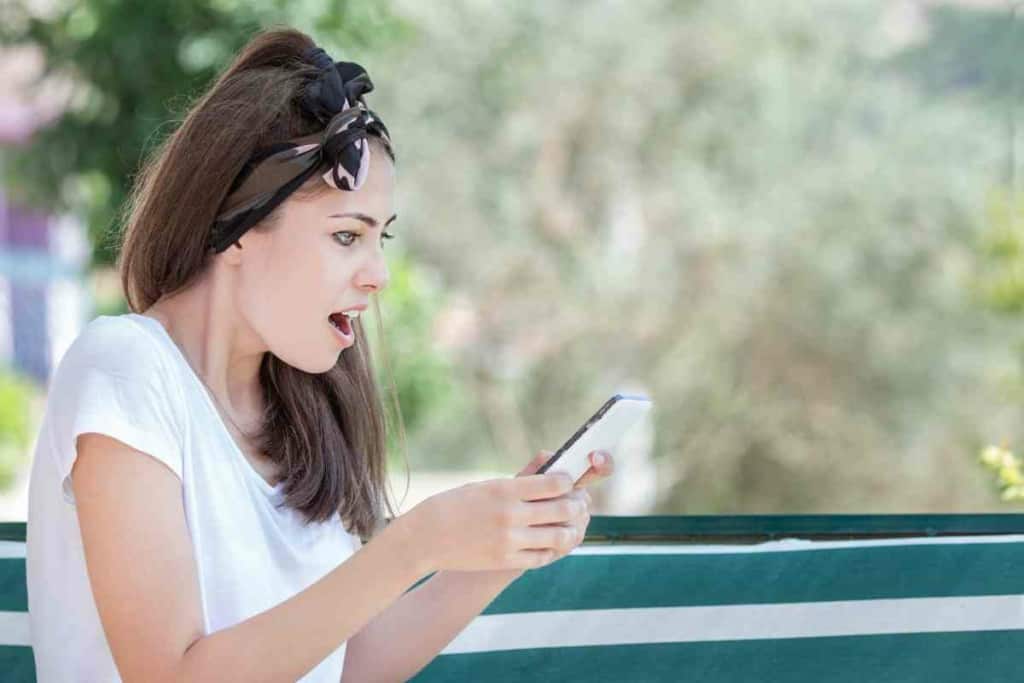Who Can See Your iCloud Photos? A Privacy Guide
If you use an iPhone or tablet, you are likely using the iCloud photo-storing service by default. However, you might wonder, who can see these photos?

Can anyone see my iCloud photos?
According to the Apple Support Forum, only you or the people you authorize by sharing your password with can see photos on your iCloud. However, the snaps taken that go to your Photo Stream may still be susceptible to hacking – fortunately, a few security-related fixes can prevent this.
I’ll answer that question in depth and provide some practical tips for keeping your online data secure. We amalgamated information from Apple Support and tech forums to find the answer to this question as well as how to store your photos safely. Let’s get into it below.
Who Can See My iCloud Photos?
Data and information theft are one of the most serious threats we face in our increasingly digital world.
With the rise of cloud computing, more and more of our data is stored on remote servers that can be accessed anywhere with an internet connection.
So if you’re considering taking advantage of the convenience afforded by smartphone services like iCloud, you should be asking yourself: who can see my iCloud photos?
What Is A Photo Stream
You may have heard the term “Photo Stream ” when you set up your iPhone or go to Apple Support to determine who has access to your data. According to PCMag, your Photo Steam is a feature of Apple’s iCloud service, It conveniently synchronizes photos on all of your Apple mobile devices, M
acs, PCs and even Apple TV.
What does this mean? A sync of your photos on all devices happens when a photo is taken on an iPhone or another Apple device and is uploaded to iCloud.
It’s then automatically shared on your other Photo Stream enabled devices, creating a convenient way to hop around your tech and find your information without having to keep sending and redownloading.
What’s The Difference Between A Photo Stream and iCloud

The two terms – Photo Stream and iCloud Photo Library – are often used interchangeably in Apple device vernacular. However, they do have a nuanced difference. While they have a similar function, they have inherently different purposes.
The Photo Stream on your Apple devices allows you to sync pictures between iPads, iPhones, and Mac computers.
This gives you great versatility to have access to your digital media no matter what device you are using. In addition, photos that exist in your stream don’t count towards your overall iCloud storage allowance (usually only up to 5GB).
Instead your Photo Stream backs up only 30 days or your last 1000 photos on your device.
While this doesn’t have the capacity to store all of your photos, it is a great stop gap against total loss in case they have not yet been backed up to your iCloud.
On the other hand, an iCloud Photo Library serves as an automatic (if you set it up this way) backup of your digital media.
It is insurance in case one or more of your devices is damaged and keeps your photos safely in the “cloud.”
Privacy With iCloud – Who Has Access?

Your iCloud is protected by password control and Apple’s bespoke encryption services. However, it is not totally foolproof from security breaches and hackers.
The tech giant has made great efforts to ensure data storage is safe for the 1.2 billion iPhone users in the world by using end to end encryption.
Strictly speaking, anything stored in your iCloud, including photos, is protected by encryption in transit and then stored safely using encryption keys.
These keys are then stored in servers. Without them, files can not be decrypted.
Unless you invite someone to see a shared photo or folder, no one will be able to see your collection of pictures stored in the iCloud.
Do iCloud Breaches Happen
iCloud is the most used photo sharing and storage service on earth. There have been breaches, including a notable one in 2014 that saw dozens of celebrities having private photos leaked to the media.
Since then, Apple has implemented extra security protocols.
- Apple has increased its use of the “two step verification” process. It requires an additional step after each time a person enters their username and password information on a device they have not used before.
- A four digit “verification code” will be sent to another trusted device if logging on from an unrecognizable device.
- If that code is entered incorrectly, then access is denied to iCloud, and a block is put in place, after which an iCloud account can only be used after entering a 14 digit recovery code.
How To Keep Your iCloud Photos Safe
There are several ways you can take the security of your iCloud photos into your own hands. Follow these tips below to prevent a breach of your privacy.
- Activate Two Step Authentication. While admittedly not the most convenient when you need quick and easy access to your account, it will save you the headache of having your media stolen or deleted.
- Create a strong password. You’ve heard it before, but the less logical the better. Pets names, birthdays, and the classic “password123” for your password won’t help you. Combinations of letters, numbers, and symbols. Also, use at least eight characters and combine upper and lower case letters for the strongest password.
- Fake answers. This may sound counterintuitive, but if your personal information is easy to find online, it’s best to make up answers for easy to find information.
Key Takeaways
- Only you can see the photos on your iCloud when you keep your password protected.
- The only other people with access are those you give directly shared access to.
- Security breaches do happen, but Apple is working hard to prevent them.
- You can protect yourself by using two step authentication and strong passwords.